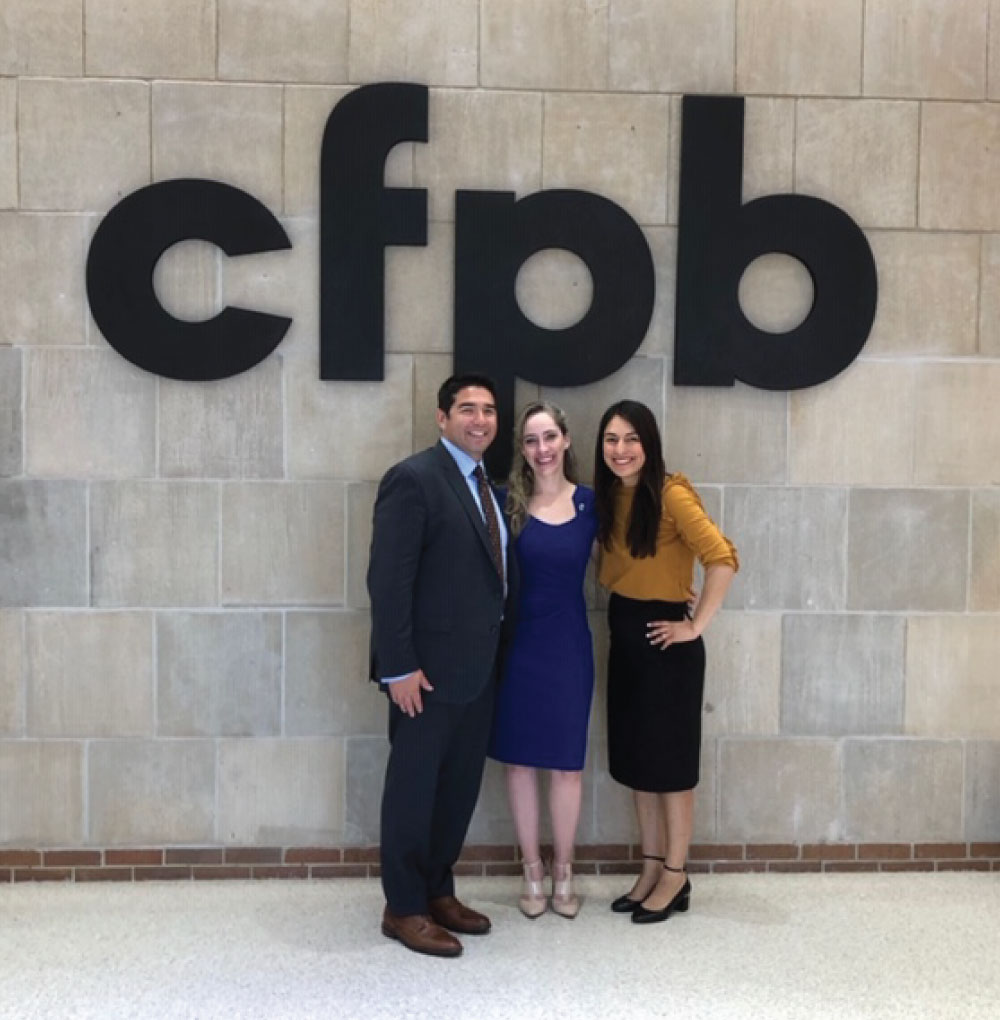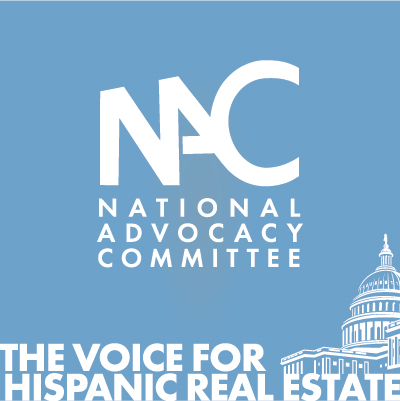TRIVIA Time: Qualified Mortgage
Celebrating NAHREP familia, cultura, politics, and grassroots action
Qué onda mi gente?!
It’s time for some policy trivia!
Question: What has been one of our top policy priorities on access to credit over the past 2 years?
Answer: The expiration of the QM patch and the new definition of Qualified Mortgage!
Question: What government agency has jurisdiction over defining what loans are considered “Qualified Mortgage”?
Answer: Consumer Financial Protection Bureau or CFPB
Why should you care?
If you’re a lender, the answer is easy. The definition of qualified mortgage defines the constraints around how you lend. Lenders mostly operate within what is called the “QM space.” These are the rules you live by. If you’re a real estate agent, well, this determines if your clients will get approved for a loan or not, if your deal will go through, or not. So trust me, you want to pay attention.

Update: What’s happening with QM?
Over the past year and a half, NAHREP has been working hard with a broad coalition of industry and consumer groups to present proposals for how the CFPB should take advantage of the QM Patch expiring. On Tuesday, we joined the Housing Policy Council, American Bankers Association, the Center for Responsible Lending and the National Fair Housing Alliance (among others), in submitting a letter responding to the CFPB’s decision to do away with DTI as the sole determinant of QM, and move instead into a pricing model. If you remember, the QM Patch is a temporary provision that allows for loans above a 43 percent Debt-to-Income ratio (DTI) to be considered QM for conventional GSE loans.
Moving to a pricing model means that QM will be determined by the price of the loan, or how much the interest rate deviates from the average prime rate. Our coalition is now advocating for the following in order to get these changes “right” for our community:
- Strengthen fair lending protections: While the CFPB is moving to a pricing model made under the impression that lenders will price according to “risk,” we know pricing discrimination DOES exist. We have urged the CFPB to include language that states that just because a loan is considered QM, it doesn’t mean that the lender is absolved from complying with the Fair Housing Act and the Equal Credit Opportunity Act. In fact, enforcement of these fair lending regulations is more important than ever within the context of a pricing model. We want the CFPB to make this explicitly part of the regulation. Put simply: if you move into a pricing model: make sure you don’t discriminate based on pricing!
- Pricing threshold should go up to 200bps: Currently the proposed rule says that a loan is “safe harbor” up to 150 basis points above APOR, meaning 1.5% interest rate above the average prime rate. Lenders almost exclusively work within the safe harbor space because it protects them from lawsuits claiming that a lender didn’t accurately assess a borrower’s ability to repay the loan. Now here’s the rub, Latinos are two and a half times more likely than non-Hispanic White families to be priced above that 150 basis point mark. A threshold too low could have serious implications for our customers getting denied or approved for a loan. That is why we’re pushing for the threshold to be increased to 200 basis points above APOR, or 2% interest rates above prime rate.
- Restrictions on Adjustable Rate Mortgages (ARMS): Getting a safe harbor designation is a BIG deal. We believe that ARMS should only be considered safe harbor if they are a 5-year ARM or above. 5-1 ARMS are good products and help many customers. However, short reset ARMS (below 5-1 ARMS) can generate significant payment shock for borrowers. This is why the coalition is advocating for an alternative pricing cap for ARMS, to control how much the payment can increase to ensure the ongoing affordability of these products.
- Increase the rebuttable presumption cap to 300: Another wonky term. Rebuttable presumption means loans that don’t have a safe harbor from litigation, but are still considered QM. Historical data suggests 300 is the right cap to ensure that Latino borrowers are still able to receive the QM protections. So this would be up to 3% interest rate above the prime rate.
We’ve run the numbers, this new proposal could expand the pie of eligible Latinos who will qualify for a loan while still receiving consumer protections. It’s a big deal if this happens and could mean some positive changes for our industry. What are your thoughts? Send me Facebook message or an email. Let’s get the dialogue going.
See you all at L’ATTITUDE soon!

About Noerena Limón
Noerena Limón is NAHREP’s Executive Vice President of Public Policy and Industry Relations. Noerena heads the organization’s policy and advocacy efforts on issues ranging from homeownership, housing inventory, credit access and immigration.
Prior to joining NAHREP, Noerena spent six years at the Consumer Financial Protection Bureau (CFPB) and served as a political appointee under President Obama in the White House Office of Political Affairs.



